8 Endangered Species Most People Have Never Heard Of
There are many endangered species around the world that struggle to survive. While most people are familiar with well-known animals like pandas or tigers, many lesser-known creatures face similar threats. Some of these species are so rare that they are hardly ever seen or heard of. By learning about them, we can gain a better understanding of the importance of conservation efforts.
This post may contain affiliate links, which helps keep this content free. Please read our disclosure for more info.
Vaquita

The vaquita is a small porpoise species found in the northern part of the Gulf of California, Mexico. With fewer than 10 individuals left, this marine mammal is critically endangered and could become extinct within just a few years. The primary threat to the vaquita is bycatch, as they become accidentally trapped in illegal gillnets set for another endangered species, the totoaba fish. Conservation efforts are focused on removing these gillnets and enforcing stricter fishing regulations.
Vaquitas are shy and elusive, rarely seen by humans due to their preference for deep, murky waters. They have a distinct dark ring around their eyes and a small, rounded dorsal fin. Despite their small size, vaquitas play an important role in their ecosystem by helping to maintain the health of fish populations. Protecting the vaquita means saving not only this species but also the delicate ecosystem of the Gulf of California.
Saiga Antelope
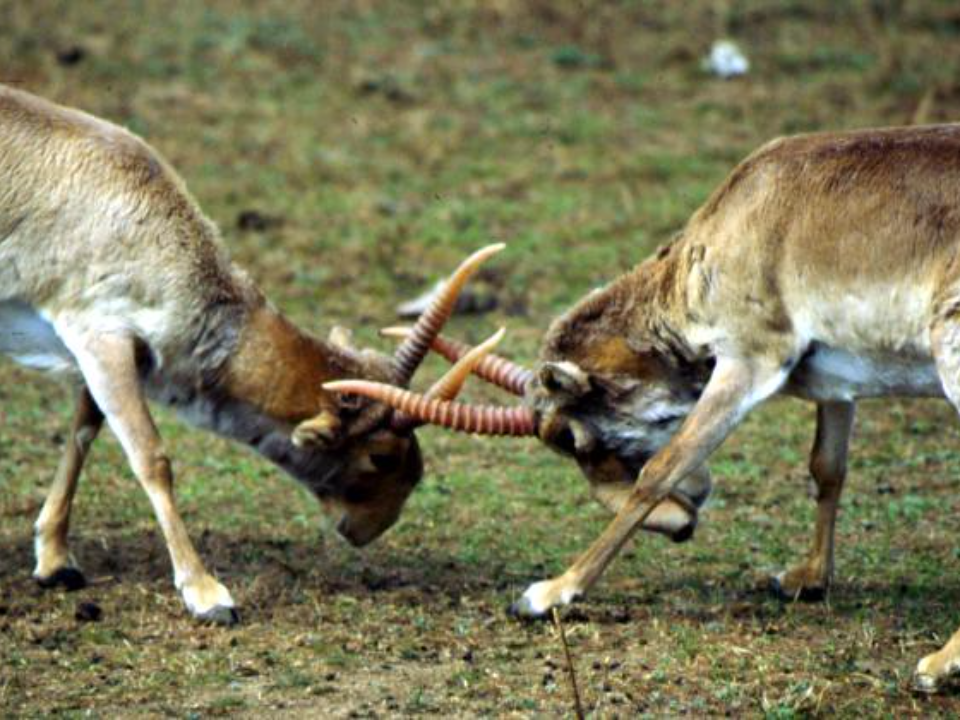
Once widespread across the Eurasian steppe, the saiga antelope is now found only in isolated pockets of Central Asia. This unique species has faced dramatic population declines due to poaching for its horns and disease outbreaks. In the mid-1990s, their numbers dropped drastically, and conservation efforts were focused on halting illegal hunting and improving grazing land quality. Restoration of their habitat and sustainable management are essential to their recovery.
Saiga antelopes are known for their distinctive bulbous noses, which help filter out dust and regulate body temperature. They are migratory, traveling in large herds across the steppe to find food and water. Despite their impressive endurance, they remain vulnerable to climate changes and human encroachment on their land. With concerted conservation action, there is hope that their numbers will increase in the coming years.
Axolotl
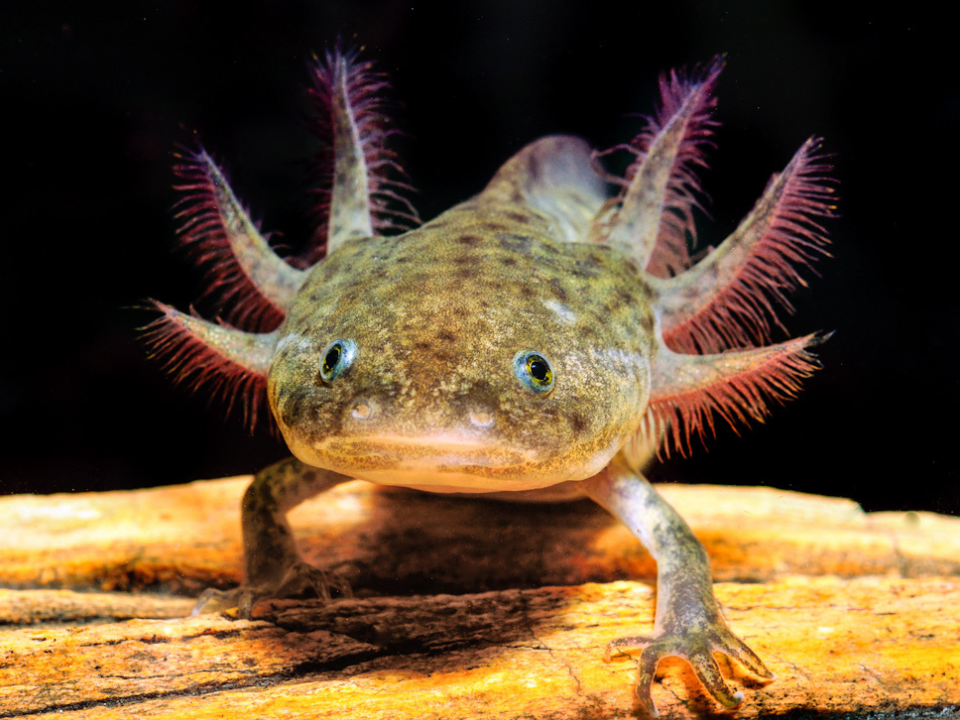
The axolotl, a type of salamander native to lakes near Mexico City, is famous for its ability to regenerate limbs and other body parts. Unfortunately, this species is critically endangered due to pollution, habitat destruction, and the introduction of non-native predators. The axolotl is a symbol of scientific curiosity due to its regenerative abilities, which have inspired studies on human tissue regeneration. Protecting their native habitat in Xochimilco is vital for their survival.
Axolotls are unique in that they remain in their larval form throughout their life, a phenomenon known as neoteny. They are carnivorous, feeding on small fish, worms, and other aquatic organisms. These salamanders can regenerate not only limbs but also their spinal cord, heart, and parts of their brain. Preserving the axolotl means safeguarding one of nature’s most fascinating creatures and studying its regenerative abilities for medical advancements.
Tapanuli Orangutan
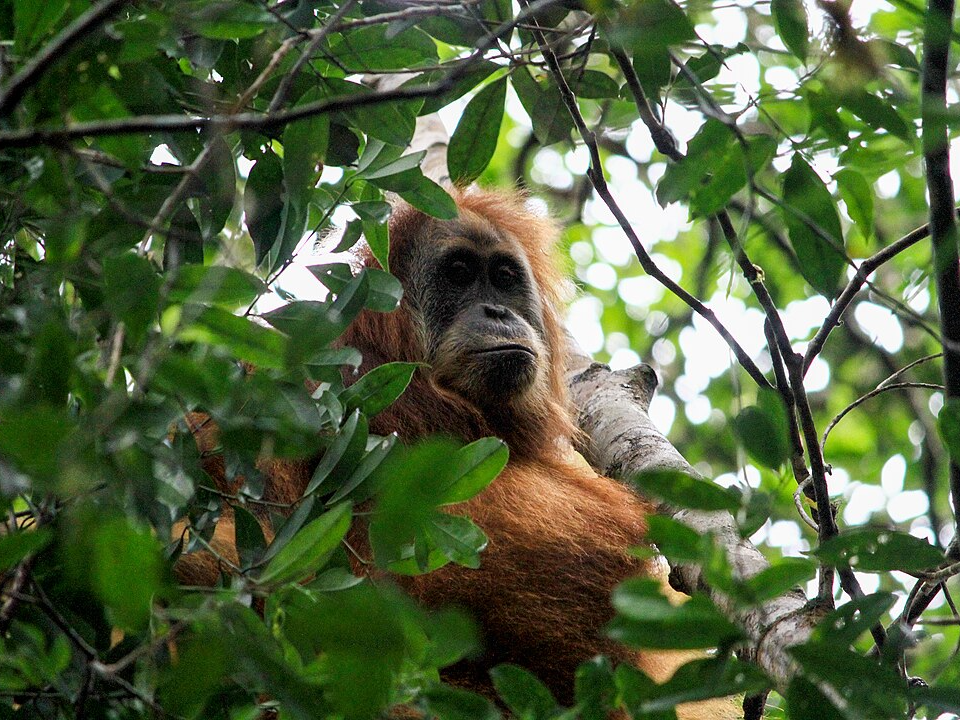
The Tapanuli orangutan, found only in a small area of northern Sumatra, Indonesia, is one of the most critically endangered primates in the world. With fewer than 800 individuals left, their population is under threat from habitat destruction and hunting. This species was only recently recognized as a distinct species, highlighting the need for focused conservation efforts. Protecting their forest habitat and preventing illegal logging are top priorities for conservationists.
Tapanuli orangutans are characterized by their long, reddish-brown hair and large cheek pads. They are known for their intelligence and are capable of using tools to find food, such as opening hard-shelled fruits. These orangutans are primarily frugivorous, relying on fruits, leaves, and insects for nourishment. With continuous efforts to protect their environment, there is hope for the future of this unique species.
Sumatran Tiger
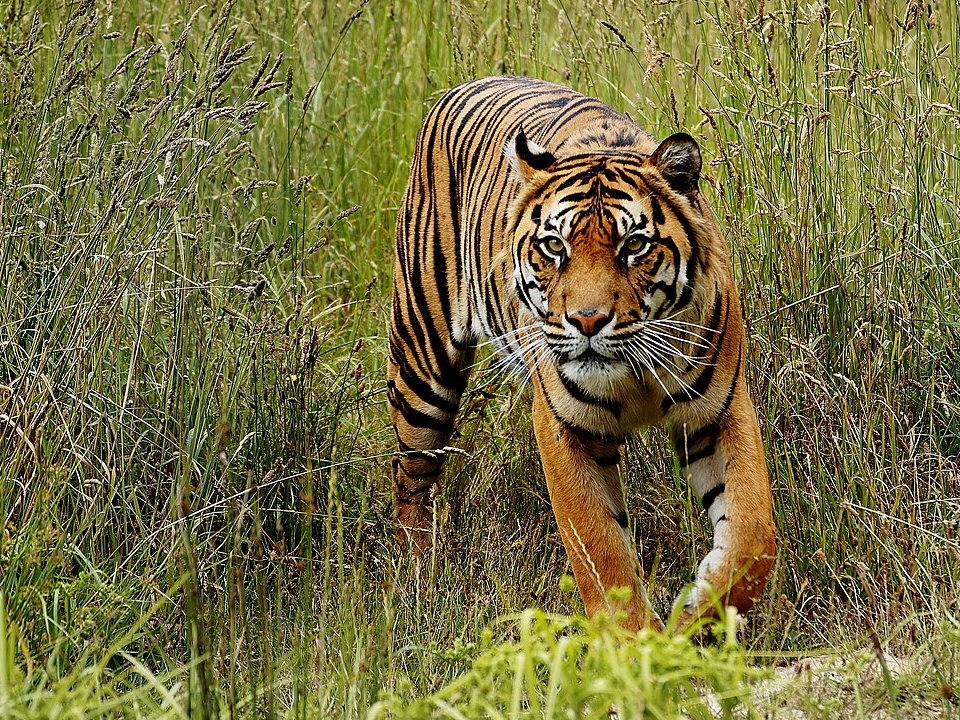
The Sumatran tiger is the last remaining subspecies of tiger found on the Indonesian island of Sumatra. Despite being one of the most iconic big cats, this species is critically endangered due to habitat loss, poaching, and human-wildlife conflict. The Sumatran tiger’s population is now confined to the lowland forests and national parks on the island, with fewer than 400 individuals estimated to remain. Conservation efforts include anti-poaching patrols and habitat restoration projects.
Sumatran tigers are smaller than their mainland counterparts but possess the same powerful build and striking orange coat with black stripes. They are apex predators in their ecosystem, controlling the populations of smaller animals. These tigers primarily hunt deer, wild boar, and other large prey, relying on their stealth and strength. Protecting the forests of Sumatra is essential to securing the future of the Sumatran tiger.
Kakapo
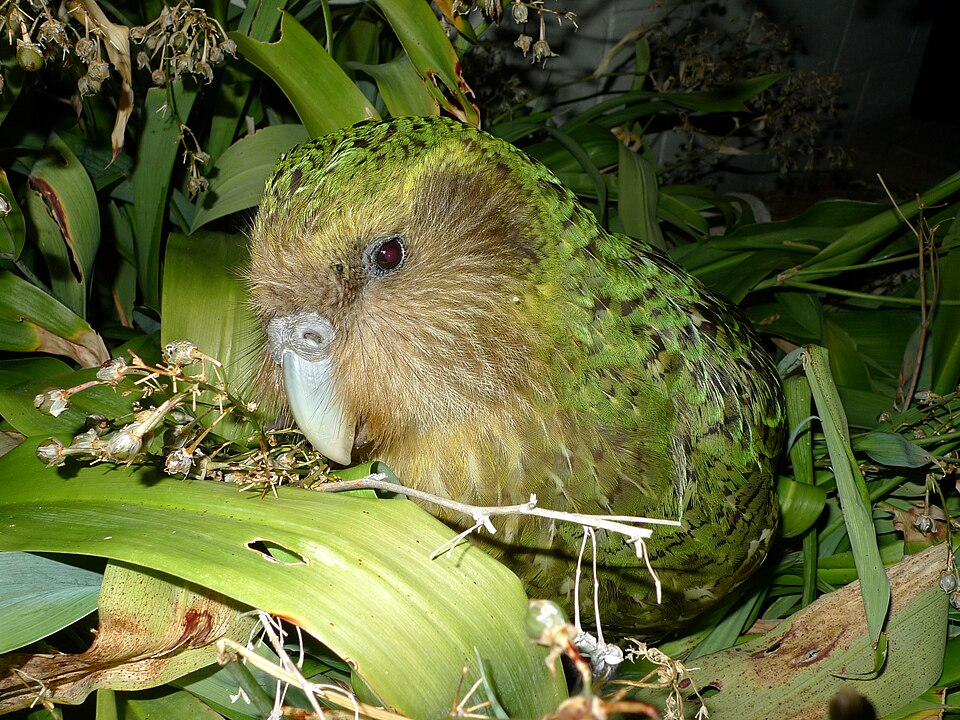
The kakapo is a large, nocturnal parrot native to New Zealand, known for its inability to fly. With fewer than 250 individuals remaining, this flightless bird is critically endangered due to predation by introduced species such as rats and stoats. Conservation efforts have focused on relocating the kakapo to predator-free islands and monitoring their reproductive health. These efforts have led to a slow but steady increase in their numbers.
Kakapos are herbivorous and feed on a variety of native plants, including fruits, seeds, and flowers. They are distinctive for their moss-green feathers and owl-like face, which gives them a unique, endearing appearance. Despite their small numbers, kakapos are a symbol of New Zealand’s conservation success stories. With ongoing protection, the kakapo could one day be brought back from the brink of extinction.
Mountain Gorilla
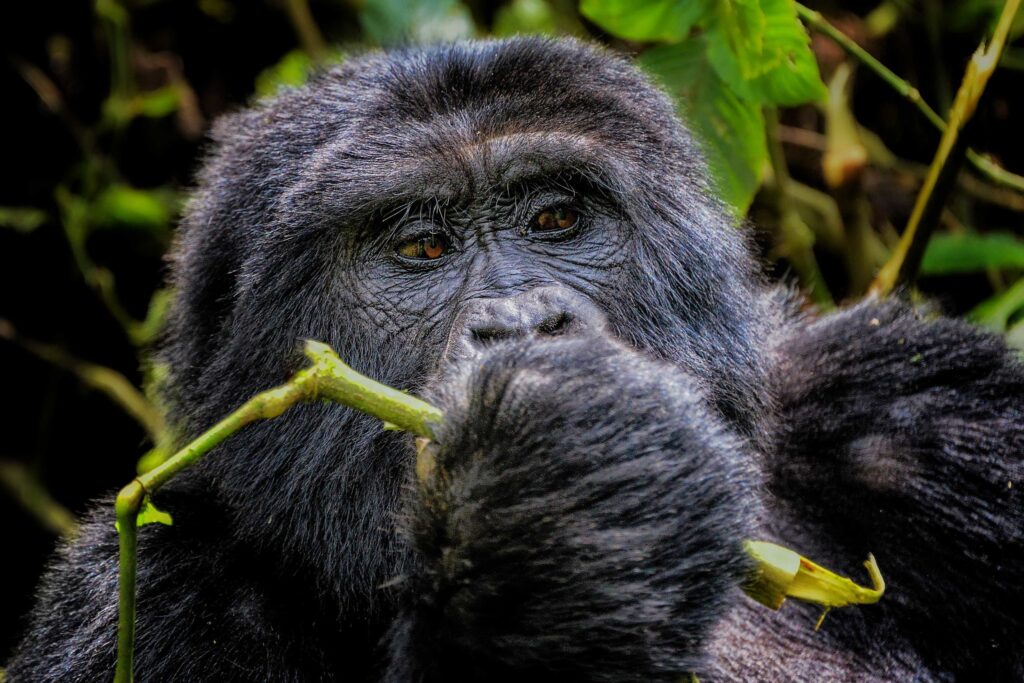
Mountain gorillas, found in the volcanic mountain ranges of Rwanda, Uganda, and the Democratic Republic of Congo, are a success story of conservation efforts. After facing decades of habitat loss and poaching, the mountain gorilla population has risen to about 1,000 individuals. Continued conservation efforts include anti-poaching measures, eco-tourism initiatives, and habitat restoration. Despite their success, mountain gorillas still face threats from disease and human encroachment.
These gorillas live in small, tight-knit groups and are known for their intelligence and emotional depth. They primarily feed on leaves, stems, and bamboo, and use their powerful arms to move through the dense forest. Mountain gorillas play a vital role in their ecosystem by dispersing seeds and maintaining forest health. Although they are no longer on the brink of extinction, these gorillas continue to need careful management to ensure their future.
Spix’s Macaw
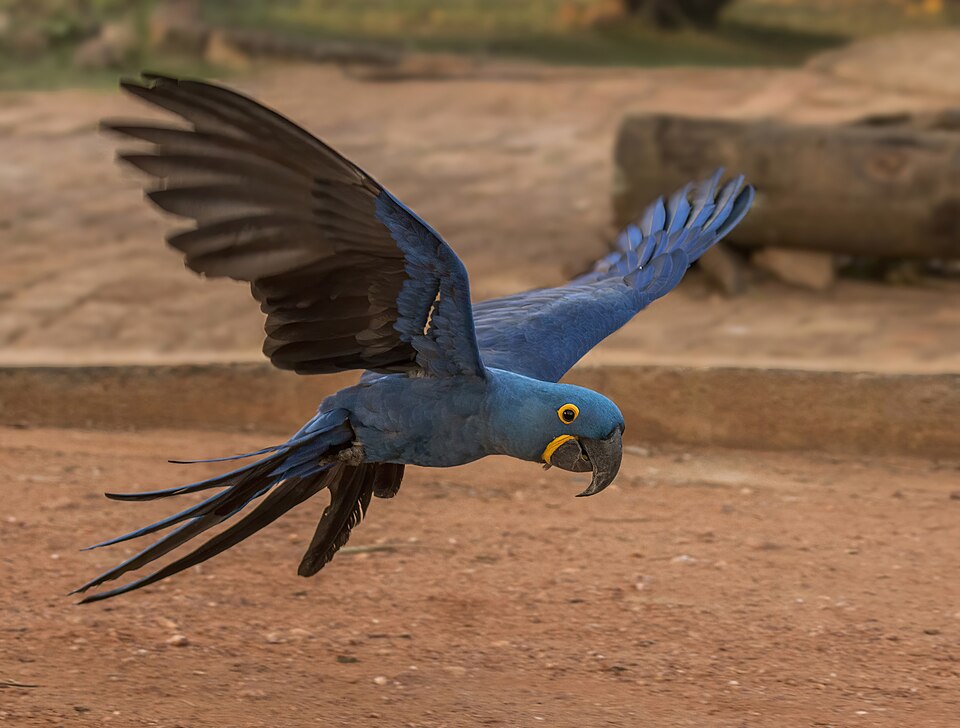
Spix’s macaw, also known as the blue macaw, is a bird species native to Brazil. Once thought to be extinct in the wild, conservationists have been working to reintroduce them back into their natural habitat. With a population now consisting of a few hundred captive birds, efforts focus on breeding and monitoring their reintroduction to the wild. Habitat loss and illegal trapping are the primary reasons for their decline, but targeted conservation programs are showing promise.
This vibrant blue parrot is known for its striking coloration and intelligence. Spix’s macaw primarily feeds on seeds and fruits, which it collects from the forest floor. Conservationists are focused on preserving their native habitat and ensuring that reintroduced individuals can thrive. The return of this species from near extinction represents a remarkable achievement in avian conservation.
This article originally appeared on Avocadu.
